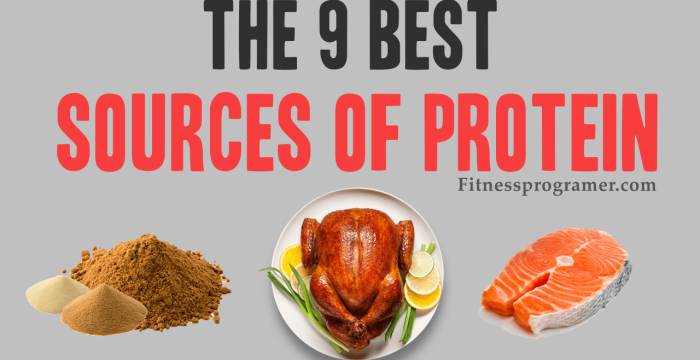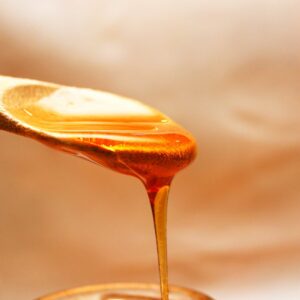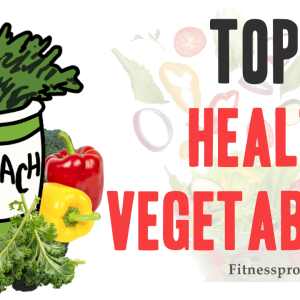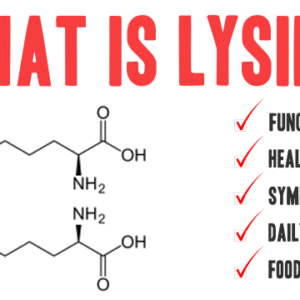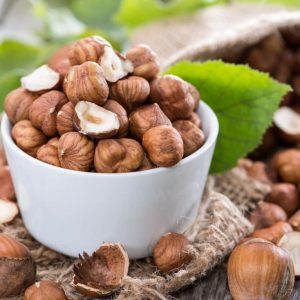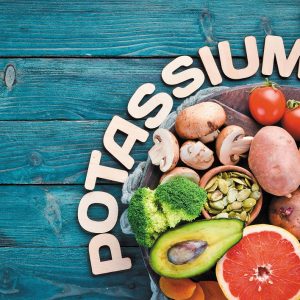As you embark on your journey to improve your fitness and create your very own body transformation, you need to be taking your nutrition plan into account. If you aren’t utilizing the proper nutrition, you won’t be seeing much success at all.
Nutrition and exercise go hand in hand when it comes to producing top level results that you can feel proud of.
This said, one of the most important elements of a good nutrition plan is that you’re taking in proper amounts of protein. A standard good recommendation to start with is around one gram of protein per pound of bodyweight. Then, depending on your goals, your body type, and the workout program you’re doing, you can increase it higher if necessary.
Let’s take a closer peek into what are the best sources of protein for you to be consuming.
1. Salmon
Topping the list of protein sources to get onto your diet plan is salmon. Salmon is a great food because not only is it a rich source of protein, but it’s also very high in omega fats as well.
These omega fats will help boost insulin sensitivity, keeping you leaner as you build muscle (or lose fat), and will also help to strengthen your immune system.
Most of us aren’t getting enough omega fats in our diet today, so by adding salmon to the picture, you can really boost your intake.
Salmon is slightly higher in calories than some other protein sources thanks to this higher fat content, so just be sure that you account for those added calories in your meal plan.
2. Beef
Next up on the list of options is grass fed beef. You want to choose grass fed beef over grain fed as much as possible as the overall nutritional picture will be far better.
Grass fed beef is going to be rich in CLA, which is a type of fat that can also help improve your health and may help with fat oxidation. If you want to get lean, it’s a great fat source to have on your side.
Grass fed beef will also contain high quality protein, zinc, as well as iron – key nutrients needed for active individuals looking to build lean muscle mass.
Grass fed beef is relatively lean as well, so can be used by those who are both looking to build muscle or who are hoping to diet down.
Especially women who lose some iron each month with their menstrual cycle will benefit from having this protein source in their plan.
3. Cottage Cheese
Cottage cheese is the next protein source to talk about. Now, if you are allergic to dairy, this may not be an option for you, but if you do tolerate it well, cottage cheese is an excellent slow digesting form of protein to give your body.
It’s a form of casein protein powder, meaning it’ll digest slowly, releasing amino acids over a lengthy period of time to your muscle cells.
This makes it a perfect pre-bed protein source to help you get through the overnight fasting period.
Just do note that cottage cheese can be very high in sodium content, so look around for a variety that’s lower if possible.
Cottage cheese can also be added into protein shakes, protein pancakes, or simply served on the side of your meal as well.
4. Whey Protein Powder
A quality whey protein powder should be included in every fitness enthusiasts diet whether you’re a hardcore bodybuilder or you’re just a weekend warrior.
Whey protein powder is fast and convenient, so for those who struggle to get their protein needs met due to a busy schedule or simply not wanting to cook for hours each day, it’s a perfect solution.
Whey protein powder is also going to help calm hunger pains, so can be a great way to promote better appetite control. Those who have a protein shake an hour or two before their meal typically find they eat less overall calories at the meal, reducing their daily intake.
Finally, if you purchase a whey isolate protein powder, it’ll digest incredibly quickly, so is ideal for immediately post workout when you need to get some nutrients into your body quickly. This protein powder will help jump-start the repair and recovery process, allowing you to see optimal results from your workout session.
Having a tub or two of protein powder on hand, even if just for those emergency times when you can’t have a regular meal is a great idea to ensure you never miss out on getting your protein needs met.
5. Chicken
Now we come to one of the most commonly eaten sources of protein – chicken. Chicken is an excellent source as it’s lean, can be used in a number of different ways, and is reasonably priced.
Chicken is great for muscle building and fat loss alike, so a great standby to have in your diet plan. Just do be sure that you experiment with different ways of cooking it otherwise boredom is very likely to set in, making it harder to get this protein source down.
6. Ground Turkey
If you’re someone who’s a big fan of burgers, casseroles, and meatballs, ground turkey should be making an appearance in your diet plan.
This protein source can easily replace ground beef in any recipe you might be preparing, allowing you to satisfy those cravings without falling off your diet plan.
Just do note that when cooking with lean ground turkey, you will find it’s far drier than with ground beef due to the reduced fat content. As such, you may want to add a bit more of any of the moisture ingredients called for in the recipe in order to maintain the overall taste.
Also experiment with adding fresh herbs and spices when serving up ground turkey as well as some people do tend to find that it’s not quite as flavorful as ground beef would be (again, likely due to the reduced fat content).
7. Tilapia
Fish is a long known source of protein that ranks high on the health scale. Not only is most fish very lean (and if it does contain fat, it’s the ultra-healthy omega fats), but it’s also quite low in calories.
You can eat more total fish compared to chicken or beef and take in the same amount of calories, so it tends to be very often used by those who are dieting. When calories are reduced, the more food you get overall, typically the easier the diet will be.
Tilapia is a great fish variety because it’s low in calories, high protein, low in fat, and also low in mercury. You do need to take into account how much mercury is in the fish variety that you’re eating as if you are serving it up often, you could reach an intake level that just isn’t healthy.
Tilapia is safe to consume multiple times per week however, so one fish variety you won’t have to worry about.
8. Whole Eggs/Egg Whites
Whole eggs are the next protein on the menu. Many people think that they should be tossing the egg yolk because it contains too much fat and cholesterol, but this isn’t the case. Unless you’re in the final stages of a cutting diet and your calorie intake is very low, definitely keep one egg yolk in the picture.
The egg yolk is where most of the nutrition is found and as long as you don’t have pre-existing heart health issues, one yolk per day is perfectly acceptable. Remember that you do need some cholesterol on a daily basis in order to sustain basic life functions and for men especially, it can help maintain optimal testosterone levels.
Whole eggs are a rich source of vitamin A, vitamin D, vitamin E, folate, iron, zinc, as well as choline, so a food you shouldn’t be passing up on.
They’re also a highly versatile source of protein – and very cost effective, so an excellent choice for everyone.
9. Greek Yogurt
Finally, the last protein source you might want to get on your list is Greek yogurt. Greek yogurt is going to provide a good dose of calcium, promoting strong bones and regular muscular contractions and will also make for a quick and easy snack when you need it.
You may not feeling like eating a chicken breast or serving of beef as a mid-afternoon snack for instance, so Greek yogurt can work perfectly here.
Serve it with some nuts and some fresh berries and you’ll have a balanced snack in minutes.

